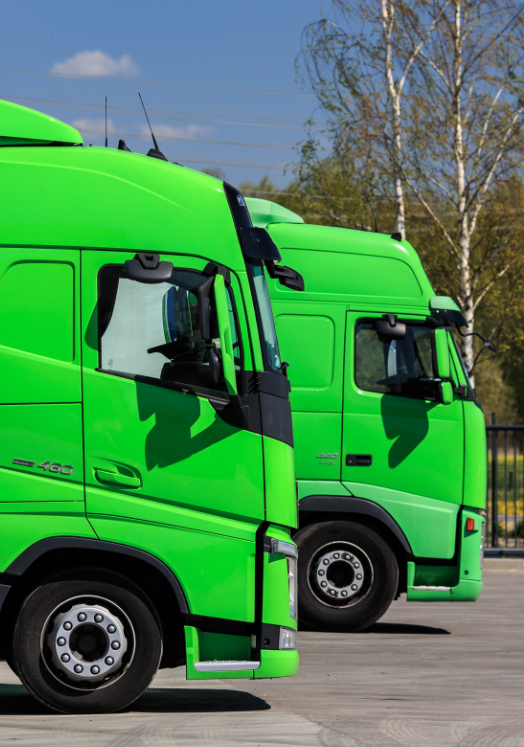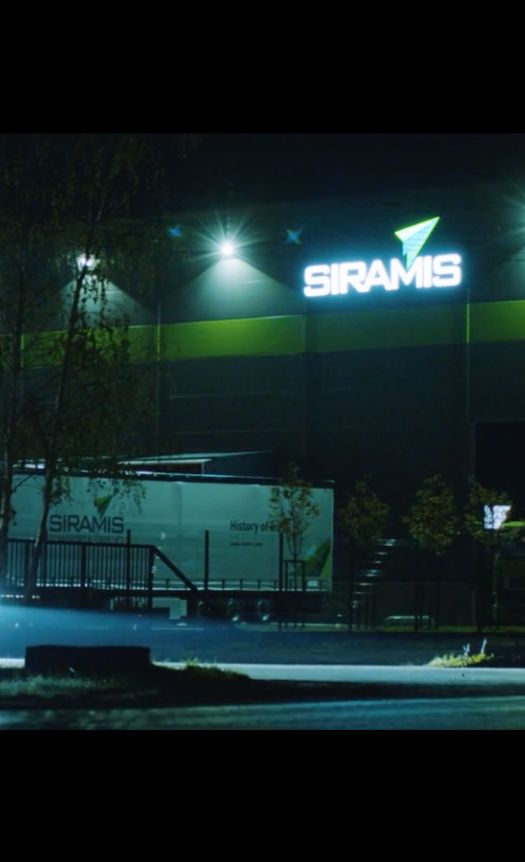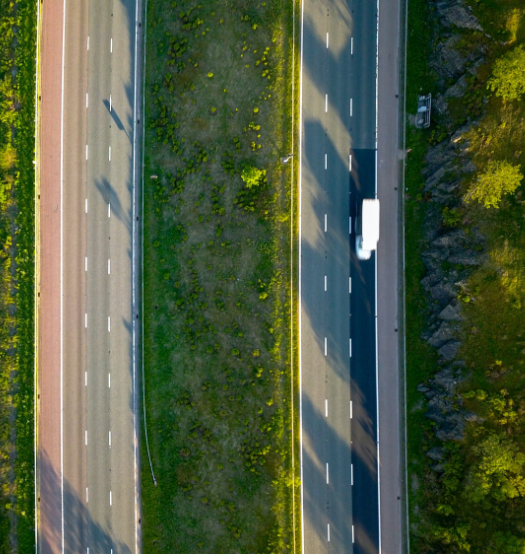Wherever you go, you will find a lake – this expression is exclusive to Finland. Finland has been called a country of a thousand lakes, not surprisingly, because as high as 10 % of its land area consists of freshwater bodies. Moreover, Finland has a lot of forests and is the least populated country in the world.
Finland has a very high standard of living and is ranked among the best countries according to gross domestic product (GDP) per capita, Gini index, HDI and other indices.

Finland
Finland has a huge territory, and most people live in the southern part of the country. The farther north you go, fewer cities and people you will see so freight transport to Finland usually ends with the southern part – the capital Helsinki and the bigger cities with a radius of a hundred kilometres. Although Helsinki is not a large city (half a million people), it is one of the most important logistic centres in Scandinavia because it has large seaports and airports. There are very few residents in the northern part of the country. The whole population is only just over 5 million and this makes Finland the least populated country in the world.
Tourists who want to visit Santa Claus or local ski resort usually travel to the northern part of the country. You don’t even have to drive to Sapmi yourself. You can park your vehicle on the train platform in Helsinki and reach your destination in a few hours.
Finland is a frequent freight transport destination. Many cargoes from Western Europe (Spain, Portugal, France and Germany) travel both from Finland and to it. Transportation from these countries to Baltic countries and Finland is the main business of Siramis.
Transportation of parcels to Finland is a long process since both light and heavy vehicles have to use a ferry to go from Tallinn to Helsinki. The only road to Helsinki is through Russia but that would take longer because of the border crossing and customs procedure. Specifically, two customs offices would take a lot of time: one leaving Estonia and the other – coming to Finland. Keeping in mind that roads in Russia are far worse than in Western countries so 99 % of carriers do not even consider this option.

Winter is the most challenging time of the year
Freight transportation (Lithuania–Finland) is much more extreme in winter. Salt is practically not used on Finland’s roads so there is a few centimetre layer of packed snow. It is usually sprinkled with chippings: small rocks penetrate the snow and increase grip.
Snowfall is much more frequent in Finland than in Lithuania so the drivers have to adapt to changing conditions very quickly. Frequently, Baltic countries are dry, and just a hundred kilometres outside Helsinki, the drivers have to face frozen ground, snow and harsh weather.
Drivers have to drive more carefully in Finland during the cold season. Due to the slippery road, braking distance increases, the manoeuvrability of the vehicle decreases so wild animals that might cross the road can cause big problems.
In these conditions, the driver’s abilities and the technical condition of the tractor unit are crucial. Siramis tractor units are thoroughly inspected after each trip so the condition of new and used Volvo tractor units is perfect even though each vehicle travels about 150,000 km each year.
Each tractor unit of the company is adapted for the transportation of dangerous goods, and the drivers are improving their knowledge and skills which is necessary for ADR qualification. All Siramis semi-trailers and trailers are additionally reinforced and have XL certificates.
Ecology matters
You will not see old and poorly maintained vehicles on the streets of Finland. They will be either refurbished or restored and decorating the streets or almost new and eco-friendly. This country has an effective fleet update strategy that encourages people to switch to new vehicles.
This also applies to heavy-duty vehicles: these are subject to very high requirements in Finland. Therefore, it is more profitable for local logistics companies to update their fleets than to operate old vehicles. Siramis has a fleet of more than 100 Volvo trailer units that comply with high environmental requirements (Euro 5 and Euro 6). Such a fleet would be impressive in any other European country but this is not an exception in Finland: many heavy-duty vehicles are brand new or a few years old.
